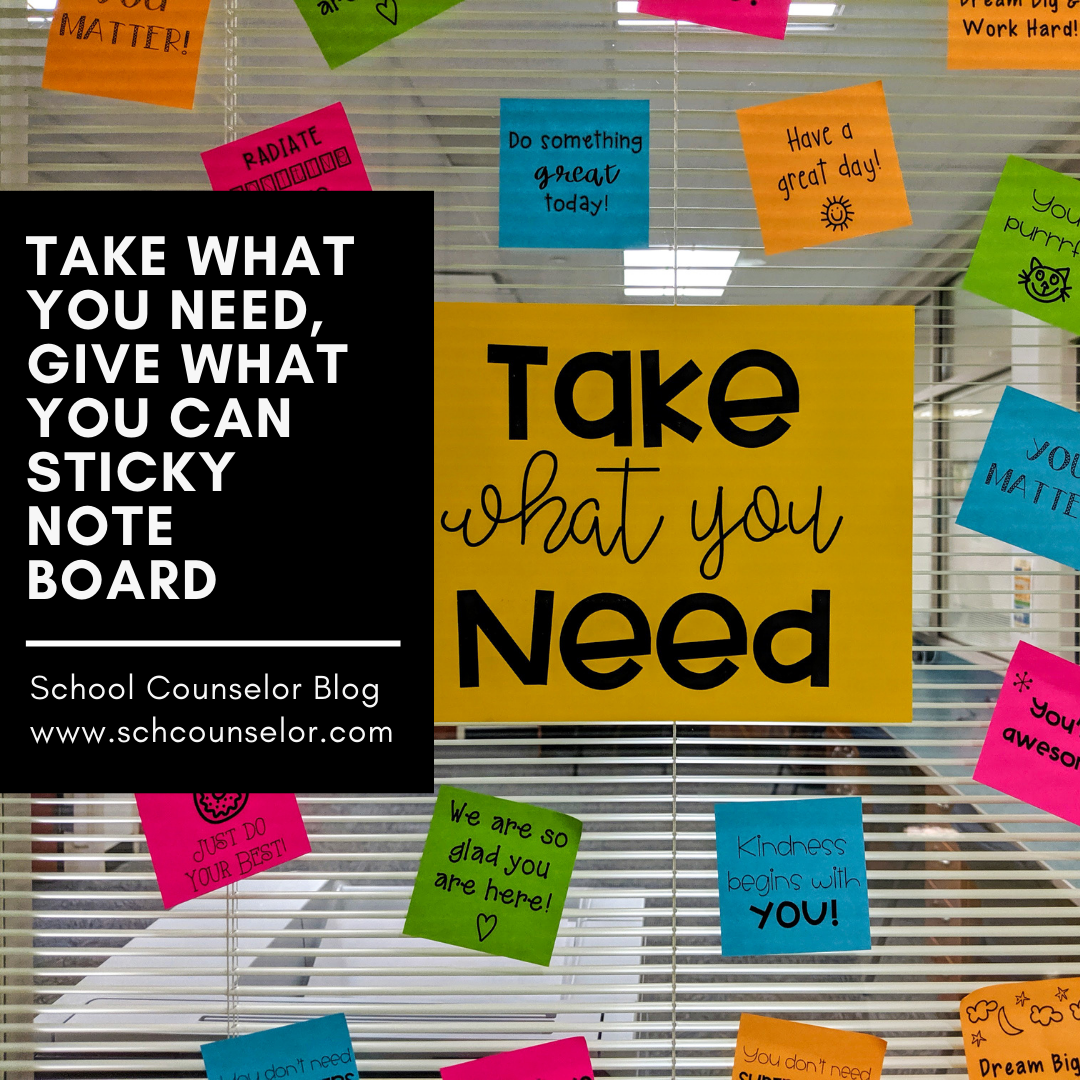

This week my fourth grade anger management group for boys had its fourth session using
Seeing Red: An Anger Management and Peacemaking Curriculum for Kids
. I restarted the group because I shuffled around some students. One student I am now meeting with individually and another student joined the group. My group consists of four fourth grade boys. I only have the students for a half an hour. The lessons are created to last 45 minutes, but since I only have four students, we usually get through everything.
I really enjoy
Seeing Red: An Anger Management and Peacemaking Curriculum for Kids.
It is a great guide. It is very interactive and has really fun activities. The students really enjoy the activities that we do.
This week's topic was great. It was called "Warning: I'm Getting Mad!" This lesson seemed to be extremely relevant for the students. The activities I facilitated from
Seeing Red: An Anger Management and Peacemaking Curriculum for Kids
this week included a using a card deck to share something with the group, using "warning cards" to explain warning signs of getting angry, and using
Play-Doh
to create a visual of a positive coping skill.
For the card deck share, each student picked a numbered card from 2-9 and shared something that corresponded to the list in
Seeing Red: An Anger Management and Peacemaking Curriculum for Kids
. One student picked the number 4, so he shared "what he did be4 dinner." It was a cool way to get students who might not usually share to share something. It gives students choices of what to share instead of just asking one open ended question. I will definitely use the card deck share in other groups.
The "warning cards" are a handout in
Seeing Red: An Anger Management and Peacemaking Curriculum for Kids.
I cut out the "warning cards" and arranged them so students could see them. Each student took a turn selecting "warning cards" that represent how they know when they are angry. Some of the "warning cards" included "feeling hot," "head pounding," "want to get away," and "want to hurt someone." This was also a great way to get students to share. Students were able to realize that there are signs they can recognize when they are getting angry.
The last activity that I facilitated from
Seeing Red: An Anger Management and Peacemaking Curriculum for Kids this week was using
Play-Doh
to create positive ways to cope with anger. The students really enjoyed this. I gave them each their own mini
Play-Doh
from a party pack to keep in my office. I will give it to them to take home at end of the group. The students created pencils out of
Play-Doh
because they can "write down how they are feeling." The students also created video game controllers out of
Play-Doh
as a positive coping strategy for home. One student stated that just squeezing the
Play-Doh
would make him feel not as angry.
I have really enjoyed using
Seeing Red: An Anger Management and Peacemaking Curriculum for Kids.
I was trying to see if Jennifer Simmonds had any other books because I enjoy this one so much. It is very engaging and fun. The students really enjoy it because it is fun and interactive!




